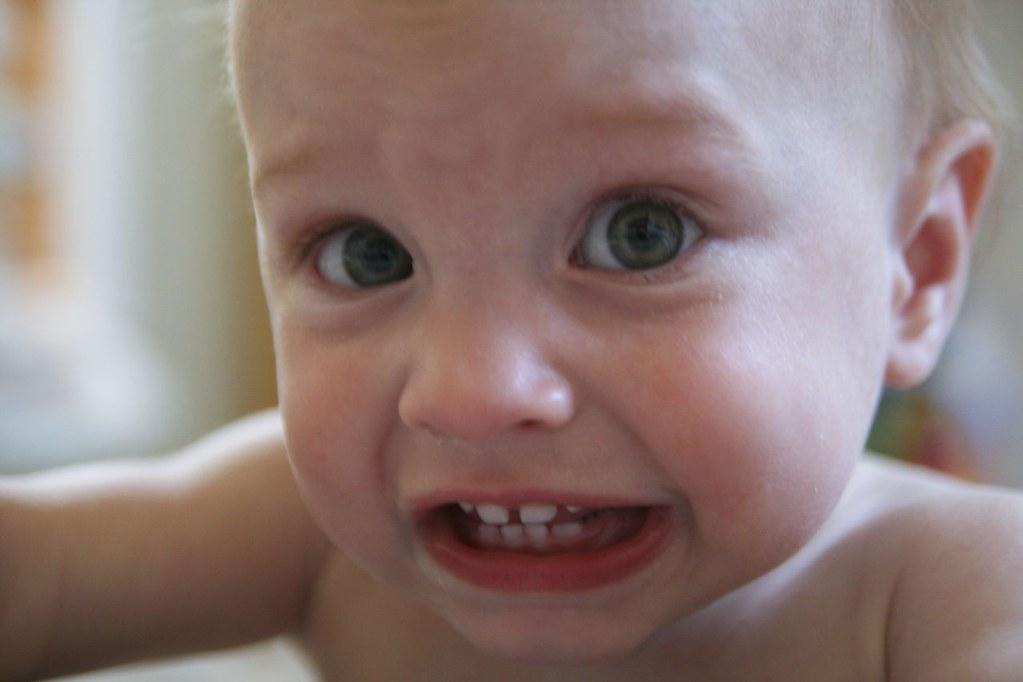While we call people who are afraid of germs “germaphobes,” it turns out that everyone’s experiences of fear might be affected by germs—by our microbiomes, in other words.
Fear is a natural and important reaction that we experience from infanthood, but too much can lead to anxiety and too little may be associated with callousness later in life. There’s increasing evidence of a connection between our microbiomes and brains, and scientists wanted to explore this idea in how infants experience fear.
In a study of 30 infants, they took stool samples to analyze the infants’ microbiomes and measured the infants’ fear responses by observing their reactions when someone entered the room in a Halloween mask. When comparing the data, the researchers noticed an association between features of the infants’ microbiomes and their fear responses.
At 1 month of age, some of the infants had a microbiome dominated by a small set of bacteria, rather than a diverse variety. These same infants also had a stronger than average fear response when they were 1 year old. The researchers didn’t see these differences in the infants’ reactions to strangers not wearing masks, likely because the parts of the brain governing social wariness versus frightening situations that are immediate threats are different. MRI scans of the infants’ brains suggest that the part of the brain causing this difference in fear responses might be the amygdala, implying that the microbiome might affect how the amygdala develops.
An unbalanced microbiome might be what we should all be afraid of.










